Designing Interlocking Parts with CNC Plasma Cutters
Sommario
“Precision Meets Versatility: Crafting Seamless Interlocking Parts with CNC Plasma Technology”
introduzione
Designing interlocking parts with CNC plasma cutters involves creating components that fit together precisely, often without the need for additional fasteners. This process requires careful planning and design to ensure that the parts will align and lock together correctly. CNC plasma cutting is a process where a computer-controlled machine uses a high-velocity jet of ionized gas to cut through electrically conductive materials. The precision and versatility of CNC plasma cutters make them ideal for producing intricate shapes and tight tolerances necessary for interlocking parts. Designers must consider material thickness, cutting kerf (the width of the material removed by the cutting process), and thermal distortion that can occur during cutting. The design phase typically involves CAD software to create accurate and detailed plans that the CNC plasma cutter can follow, ensuring that each part fits together seamlessly in the final assembly.
Best Practices for Designing Interlocking Parts with CNC Plasma Cutters
Designing Interlocking Parts with CNC Plasma Cutters
The advent of CNC plasma cutting technology has revolutionized the way we approach the fabrication of interlocking parts. This sophisticated method of cutting allows for precision and versatility in the design of components that fit together seamlessly. When designing interlocking parts with CNC plasma cutters, it is essential to adhere to best practices to ensure the final product meets the desired specifications and functions correctly.
Firstly, understanding the capabilities and limitations of the CNC plasma cutter is crucial. These machines excel at cutting through conductive materials such as steel, stainless steel, aluminum, and brass with high speed and precision. However, the nature of plasma cutting involves a high-temperature plasma arc, which can lead to a heat-affected zone around the cut. This can affect the material properties and should be taken into consideration during the design phase.
To mitigate the potential for warping or dimensional inaccuracies, designers must account for the kerf, which is the width of the cut created by the plasma cutter. The kerf size varies depending on the nozzle used, the power setting, and the material thickness. Accurately calculating the kerf allows for adjustments to the design so that parts fit together as intended after cutting. This may involve adding a slight offset to the interlocking features to compensate for the material removed during the cutting process.
Moreover, the intricacy of the design plays a significant role in the success of the interlocking parts. While CNC plasma cutters are capable of producing detailed cuts, there is a limit to how small or intricate the features can be before they become unfeasible to cut or too fragile to handle. It is advisable to keep designs simple and robust, with enough clearance to allow for easy assembly yet tight enough to maintain structural integrity.
Another aspect to consider is the finishing process. After cutting, the parts may have dross or slag on the edges, which are remnants of the cutting process. These must be removed to ensure a smooth fit between parts. Additionally, edges may be sharp and require deburring. Planning for these post-processing steps is essential, as they can affect the overall dimensions and fit of the interlocking components.
When designing for assembly, it is also important to consider the tolerances required for the interlocking parts. Tolerances dictate the allowable variation in dimensions and are critical for parts that must fit together precisely. Tight tolerances can be challenging to achieve with plasma cutting alone, so it may be necessary to perform secondary machining operations for critical features.
Furthermore, the orientation of the parts during cutting can influence the quality and accuracy of the interlocking features. Optimizing the layout of parts on the material can reduce waste and improve cutting efficiency. It is also beneficial to consider the direction of the cut, as this can affect the edge quality and the appearance of the final product.
In conclusion, designing interlocking parts with CNC plasma cutters requires a comprehensive understanding of the machine’s capabilities, careful consideration of the material properties, and meticulous attention to detail in the design process. By calculating kerf widths accurately, simplifying designs, planning for post-processing, adhering to appropriate tolerances, and optimizing part orientation, designers can create interlocking components that meet stringent requirements for fit and function. As technology continues to advance, the precision and efficiency of CNC plasma cutting will only enhance the possibilities for innovative interlocking part design.
The Advantages of Using CNC Plasma Cutting for Creating Complex Interlocks
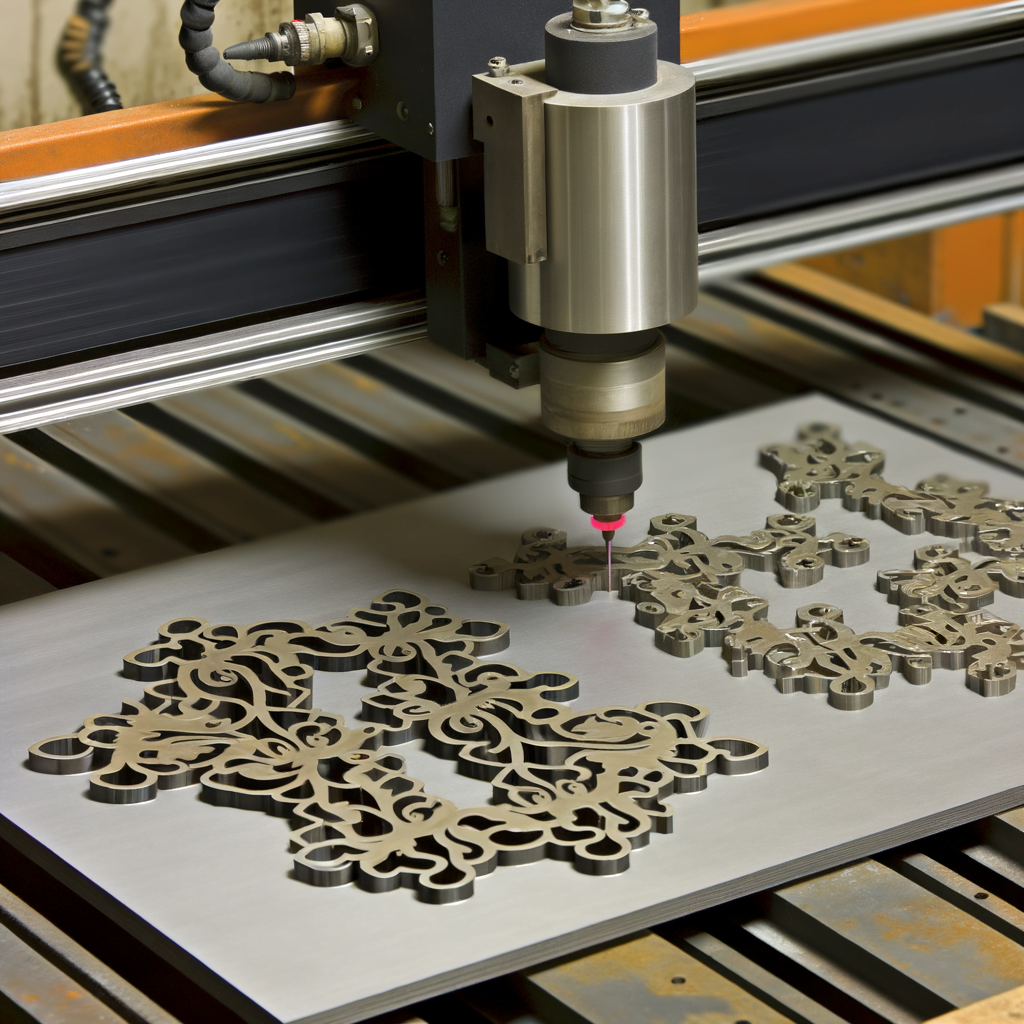
Designing Interlocking Parts with CNC Plasma Cutters
The fabrication of interlocking parts is a critical aspect of manufacturing, where precision and accuracy are paramount. CNC plasma cutting has emerged as a revolutionary technology, offering numerous advantages for creating complex interlocks. This advanced method of cutting employs computer numerical control (CNC) to deliver high-speed and high-quality cuts that are essential for the intricate designs required in interlocking components.
One of the primary benefits of using CNC plasma cutting for interlocking parts is its exceptional precision. The CNC system guides the plasma torch with extreme accuracy, following the specified design with a level of detail that is difficult to achieve with manual cutting methods. This precision is particularly important for interlocking parts, which require tight tolerances to ensure that they fit together seamlessly. The precise nature of CNC plasma cutting means that components can be designed with complex geometries and fine features that interlock perfectly, without the need for additional finishing or adjustments.
Moreover, the speed of CNC plasma cutting is a significant advantage. Traditional methods of cutting metal can be time-consuming, especially when dealing with complex shapes and patterns. In contrast, CNC plasma cutters can rapidly slice through metal at high speeds, drastically reducing production times. This efficiency is especially beneficial when producing large volumes of interlocking parts, as it allows manufacturers to meet demand without compromising on quality.
Another advantage is the versatility of CNC plasma cutting. It can handle a wide range of materials, from steel and aluminum to brass and copper, making it suitable for various applications. This versatility extends to thicknesses as well; CNC plasma cutters can manage anything from thin sheets to several inches thick, providing flexibility in design and application. This adaptability is crucial for designing interlocking parts, which may require different materials and thicknesses to meet specific functional or aesthetic requirements.
Furthermore, the ability to program the CNC plasma cutter with computer-aided design (CAD) software streamlines the transition from design to production. Designers can create intricate patterns and complex interlocks on their computers and then directly translate these designs into instructions for the plasma cutter. This seamless integration reduces the likelihood of human error and ensures that the final product closely matches the original design.
CNC plasma cutting also offers a cleaner cut compared to other methods, such as oxy-fuel cutting. The high-energy plasma arc results in less slag and a smoother edge, which is particularly important for interlocking parts that need to fit together without any obstruction. The cleaner cut reduces the need for secondary finishing processes, such as grinding or deburring, saving time and resources.
In addition to these benefits, CNC plasma cutting is also cost-effective. The combination of speed, precision, and reduced need for secondary finishing means that manufacturers can produce high-quality interlocking parts at a lower cost. This cost-effectiveness is especially pronounced when compared to laser cutting, which, while offering similar precision, can be significantly more expensive, particularly for thicker materials.
In conclusion, CNC plasma cutting presents a multitude of advantages for the creation of complex interlocks. Its precision, speed, versatility, and integration with CAD software make it an ideal choice for manufacturers looking to produce interlocking parts efficiently and cost-effectively. The technology’s ability to deliver clean cuts across a variety of materials and thicknesses further enhances its suitability for this intricate task. As manufacturing continues to evolve, CNC plasma cutting stands out as a pivotal tool in the design and production of sophisticated interlocking components.
Step-by-Step Guide to Designing and Fabricating Interlocking Components with CNC Plasma Technology
Designing Interlocking Parts with CNC Plasma Cutters
The advent of CNC plasma cutting technology has revolutionized the way we fabricate metal components, particularly when it comes to creating intricate interlocking parts. These machines harness the power of a high-velocity jet of ionized gas, capable of cutting through electrically conductive materials with exceptional precision. This step-by-step guide will walk you through the process of designing and fabricating interlocking components using CNC plasma technology, ensuring that your end product is both accurate and reliable.
The initial step in the design process involves conceptualizing the interlocking mechanism. This requires a thorough understanding of the final product’s application and the forces it will encounter. Whether you’re creating puzzle-like connections for structural components or designing parts that snap together for assembly, the design must account for the tolerances and clearances that will allow the parts to fit together seamlessly. Utilizing CAD software is essential at this stage, as it allows for the meticulous planning and visualization of the components and their interlocking features.
Once the design is finalized, the next step is to translate the digital model into a format that the CNC plasma cutter can interpret. This is typically done through CAM (Computer-Aided Manufacturing) software, which converts the CAD model into a G-code — a programming language that instructs the machine on how to move and where to cut. It is crucial to ensure that the G-code reflects the correct cutting paths and accounts for the kerf, the amount of material removed by the plasma beam, to maintain the integrity of the design.
Before proceeding to the actual cutting, selecting the appropriate material is paramount. The choice of metal will influence the cutting parameters and the quality of the final product. Factors such as thickness, type of metal, and its conductivity must be considered. Once the material is chosen, it must be properly secured to the cutting table to prevent any movement during the cutting process, which could compromise the precision of the interlocking parts.
With the material in place, the CNC plasma cutter can begin its work. The operator must carefully monitor the machine, adjusting the cutting speed and plasma power to optimize the quality of the cut. The plasma cutter’s ability to make swift and intricate cuts is particularly advantageous when creating complex interlocking designs, which would be challenging and time-consuming to produce with traditional cutting methods.
After the cutting process is complete, the parts often require additional finishing to ensure they interlock correctly. This may involve deburring edges, smoothing surfaces, or even slight adjustments to compensate for any deviations from the original design. It is during this phase that the precision of the CNC plasma cutter truly shines, as the high-quality cuts typically necessitate minimal post-processing.
Finally, the interlocking components are ready for assembly. The precision of the CNC plasma cutter ensures that the parts fit together as intended, creating a strong and secure connection. The accuracy of the machine’s cuts translates into a final product that meets the exact specifications of the design, with a professional finish that is both aesthetically pleasing and functionally robust.
In conclusion, CNC plasma cutting technology offers an efficient and precise method for designing and fabricating interlocking metal parts. By following this step-by-step guide, from conceptual design to final assembly, manufacturers can leverage the capabilities of CNC plasma cutters to produce complex components with ease. The result is a streamlined fabrication process that yields high-quality, interlocking parts suitable for a wide range of applications.
Conclusione
Conclusione:
Designing interlocking parts with CNC plasma cutters involves precision and careful planning to ensure that the parts fit together seamlessly. The process requires accurate design specifications, consideration of material properties, and an understanding of the plasma cutting process to achieve the desired tolerances and interlock mechanisms. The use of computer-aided design (CAD) software is essential for creating detailed designs that can be translated into precise cutting paths. By optimizing cutting speed, kerf width, and other machine parameters, designers can produce high-quality interlocking components suitable for a variety of applications. The ability to design and fabricate complex interlocking parts with CNC plasma cutters enhances manufacturing efficiency and expands the possibilities for innovative assembly and construction techniques.

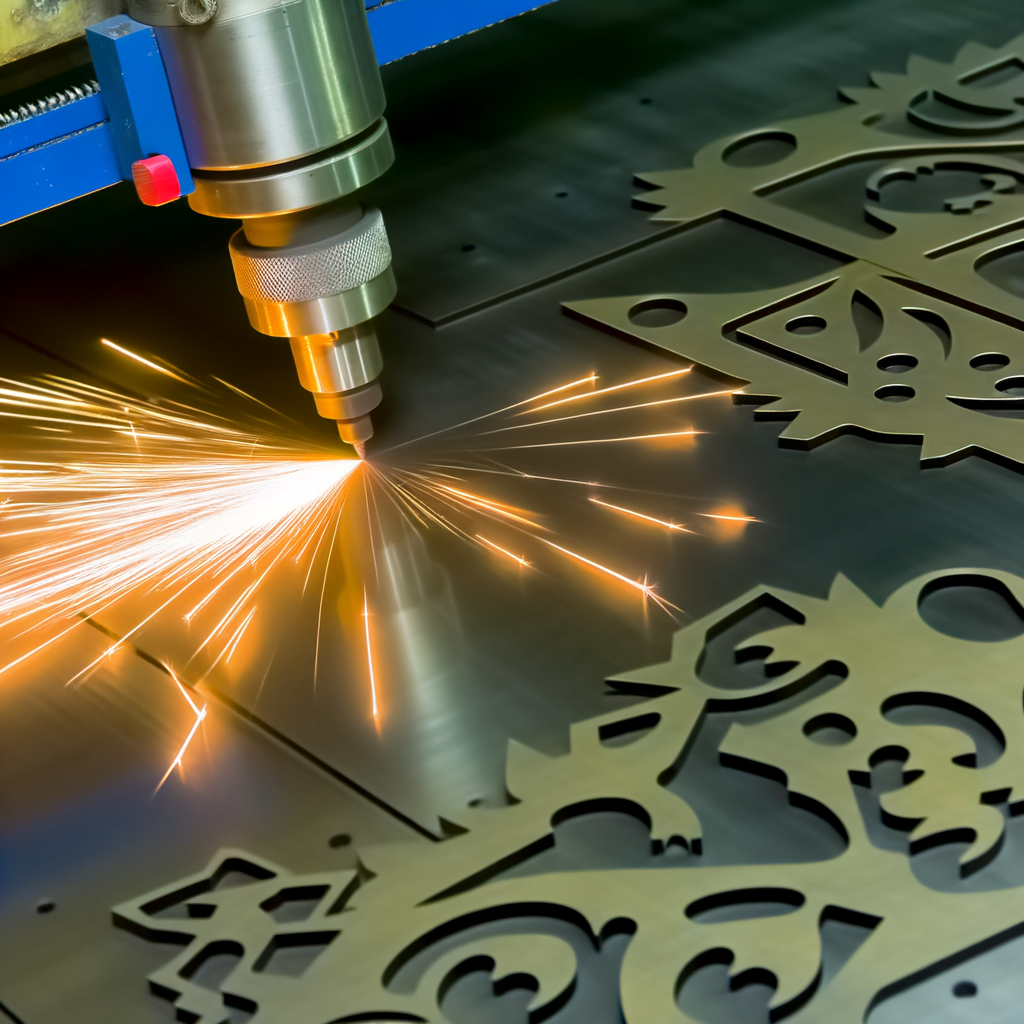
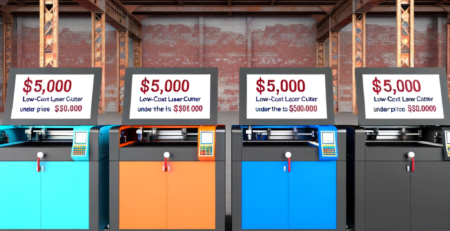
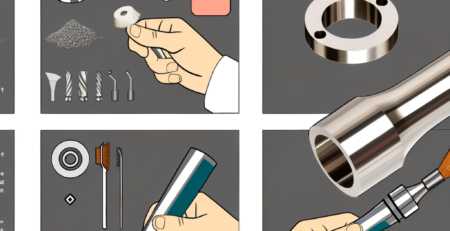
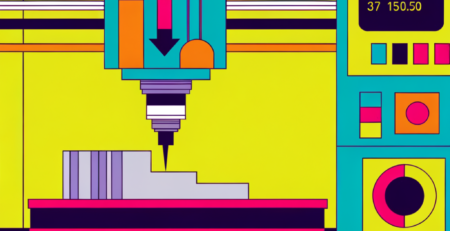
Lascia un commento